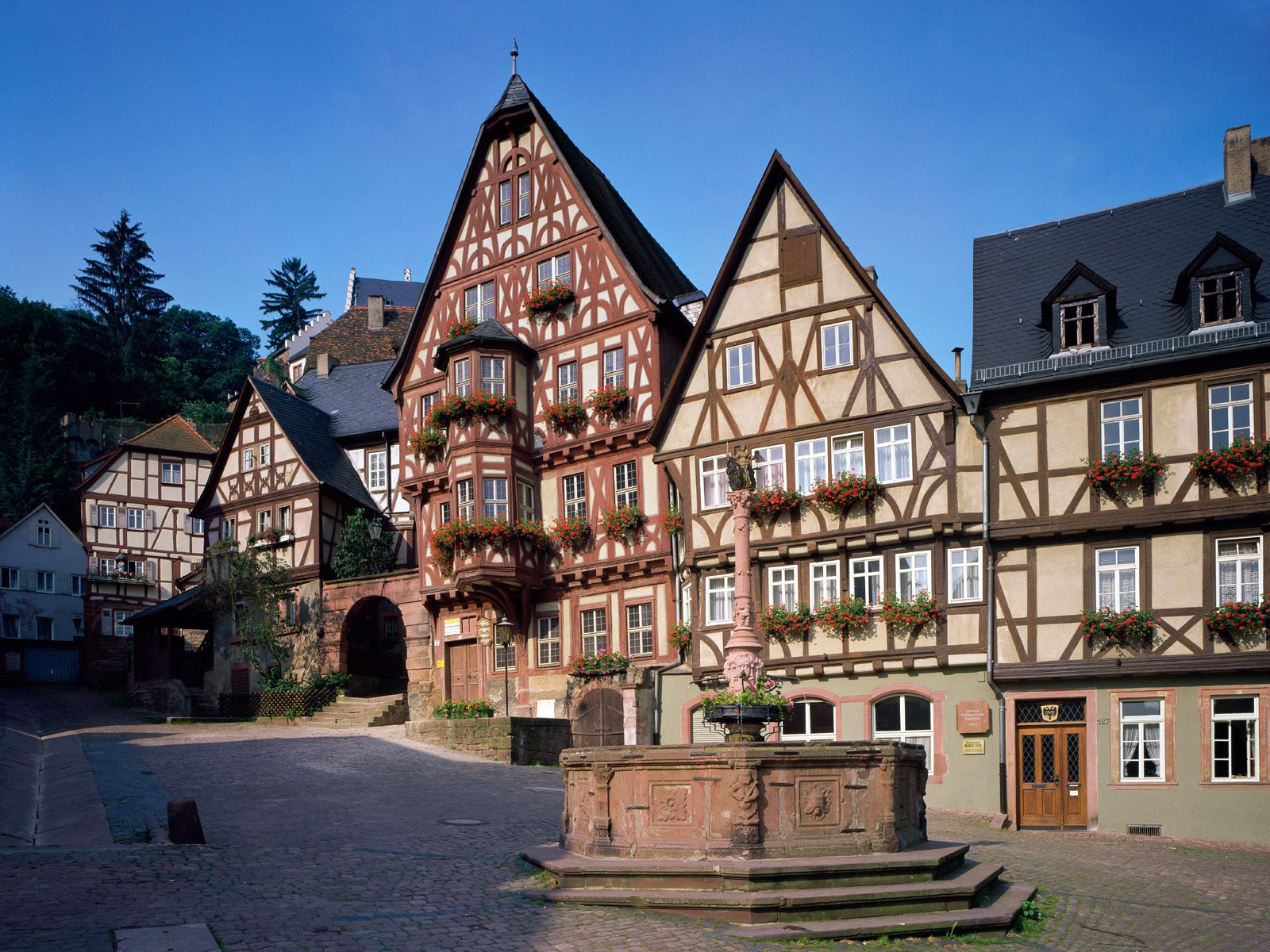Global Travel Information
White Desert, Egypt
The Enigmatic Beauty of Egypt’s White Desert
Nestled in the heart of Egypt’s Western Desert, the White Desert is a surreal and otherworldly landscape that defies conventional imagination. Known locally as Sahara el Beyda, this natural wonder is a mesmerizing expanse of chalk-white rock formations, sculpted by wind and time into fantastical shapes that resemble mushrooms, icebergs, and even mythical creatures. A visit to the White Desert is not just a journey through a geological marvel but also an immersion into silence, solitude, and the raw power of nature.
A Geological Masterpiece
The White Desert’s origins trace back millions of years to the Late Cretaceous period, when the area was submerged under the Tethys Sea. Over millennia, the receding waters left behind vast deposits of limestone and chalk, which were later carved by relentless winds and occasional rainfall into the striking formations seen today. The most iconic of these are the towering "mushroom rocks," their slender bases supporting massive, rounded tops, as if defying gravity.
At sunset, the desert undergoes a breathtaking transformation. The white rocks glow in hues of pink, gold, and orange, casting long shadows that stretch across the dunes. By moonlight, the landscape takes on an eerie, almost alien quality, with the pale formations gleaming like scattered bones under the stars.
A Sanctuary of Solitude
Unlike Egypt’s bustling pyramids or the crowded temples of Luxor, the White Desert offers an escape into profound stillness. The silence here is absolute, broken only by the occasional whisper of wind or the crunch of footsteps on crystalline sand. This solitude has made the desert a favorite among adventurers, artists, and those seeking introspection.
Camping in the White Desert is an unforgettable experience. Bedouin guides often lead visitors to secluded spots where they can spend the night under a sky ablaze with stars, far from the light pollution of cities. Around a crackling campfire, stories are shared—tales of ancient caravans, lost oases, and the spirits said to wander the dunes.
Wildlife and Survival
Despite its harsh conditions, the White Desert is not lifeless. Hardy desert foxes, fennecs with their oversized ears, and the elusive sand cat roam the terrain. Reptiles like the horned viper and the spiny-tailed lizard have adapted to the extreme temperatures, while migratory birds occasionally pass overhead.
The desert’s flora is equally resilient. Scattered patches of thorny acacia trees and drought-resistant shrubs cling to life, their roots digging deep for hidden moisture. For the Bedouin people, these plants are vital sources of medicine and sustenance.

Human History and Legends
Long before modern explorers, the White Desert was traversed by ancient traders and nomadic tribes. The nearby Bahariya Oasis served as a crucial stop on the caravan routes linking the Nile Valley to Libya and beyond. Evidence of prehistoric settlements, including rock art and tools, suggests that humans have been drawn to this region for millennia.
Local folklore adds another layer of mystique. Some Bedouin tales speak of jinn—spirits that inhabit the desert’s strange formations—while others tell of lost cities buried beneath the sands. The most famous legend is that of the "Crystal Mountain," a nearby ridge glittering with quartz crystals, believed by some to hold mystical energy.
Preserving a Fragile Wonder
In recent years, the White Desert has gained recognition as a protected area under Egyptian law. However, it remains vulnerable to environmental threats, including unregulated tourism and climate change. Visitors are urged to follow sustainable practices, such as avoiding littering and sticking to designated paths to prevent erosion of the delicate formations.
Efforts are also underway to promote eco-tourism, ensuring that the desert’s beauty endures for future generations. By supporting local Bedouin guides and respecting the fragile ecosystem, travelers can help preserve this natural masterpiece.
A Journey Like No Other
The White Desert is more than a destination—it is an experience that lingers in the soul. Whether wandering among its ghostly monoliths at dawn, tracing the footsteps of ancient nomads, or simply sitting in quiet awe beneath the stars, visitors leave with a profound sense of connection to Earth’s untamed beauty.
For those willing to venture beyond Egypt’s well-trodden paths, the White Desert offers a rare glimpse into a world where time stands still, and nature’s artistry knows no bounds.
相关文章
- Elbe River Film Locations: Movies Shot Along the River
- Elbe River Historical Markers: Learn About Local History
- Elbe River Archaeological Sites: Ancient Finds Near the Water
- Elbe River Botanical Gardens: Flowers & Plants Along the Banks
- Elbe River Zoos & Aquariums: Family Fun Near the River
- Elbe River Amusement Parks: Rides with River Views
- Elbe River Camping Spots: Pitch a Tent by the Water
- Elbe River Glamping Sites: Luxury Camping Along the Banks
- Elbe River RV Parks: Stay in Your Camper Near the River
- Elbe River B&Bs: Cozy Accommodations with a Personal Touch
发表评论
评论列表
- 这篇文章还没有收到评论,赶紧来抢沙发吧~


